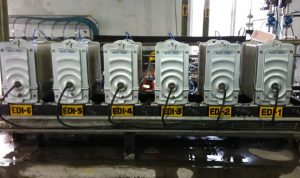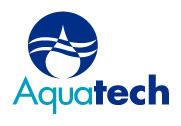Overview 
The client is the largest cement company in India and amongst the leading producers of cement globally, providing a range of products that cater to the various aspects of construction, from foundation to finish. The company is also India’s largest exporter of cement.
The client’s captive power plant had a conventional mixed bed demineralization system, which generated demineralized water with conductivity less than 0.2 microS/cm and Silica less than 0.02 mg/l for their high pressure boiler. Due to the scarcity of fresh water available in the region, the client decided to recycle and reuse the wastewater generated in the facility and use it for boiler feedwater makeup. This solution would also enable them to reduce their fresh water intake.
Combined feed from three wastewater sources were considered for recycle – boiler blow down, cooling tower make-up waste, and coal washer. All three of these streams were discharged as wastewater.
The end user and the consultant evaluated various demineralization solution options and determined that the reverse osmosis process followed by electrodeionization was the most viable option on account of no hazardous chemical handling, lower space requirement, low operating cost, and a quick payback of less than 2 years. The combined waste stream undergoes comprehensive pretreatment, which includes clarifier, media filtration and ultrafiltration; and then is taken through a two-pass reverse osmosis system before feeding to the EDI system.

